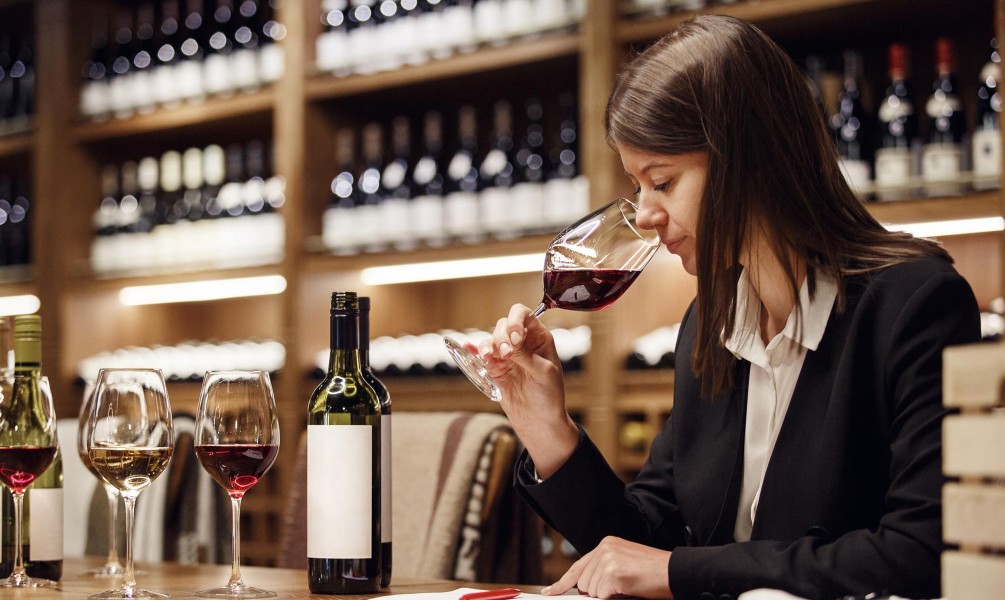
Wine is enjoyed by many people all over the world. And honestly, drinking wine is more than just pouring and sipping; it is a whole experience. And learning how to drink wine proficiently isn’t about memorizing fancy wine terms or earning a sommelier badge overnight. It’s about being curious about the drink. Take a second to notice the color, let the aroma guide your senses, and pay attention to how the wine evolves on your palate.
The best part? There are no hard rules. Just your own taste, your own pace, and a glass that suits ‘you.'
We have brought you a comprehensive guide of how to drink wine correctly, from opening to selecting the right glassware to swirling, sniffing, and finally sipping. By the end, you'll be able to improve your wine-drinking experience, whether you're a novice or looking to upgrade.
Understanding the basics of Wine Drinking
Knowing the basics of drinking wine makes all the difference. The small details before swirling and sipping unveiled all the true charm and enhanced the experience. Let’s understand one step at a time and discover how to have wine in a way that truly enhances the experience:
1) Choose the right wine bottle for you.
The first and most important step is to choose the right wine bottle. Study your wine bottle carefully, and pick your favorite. To choose the right bottle of wine:
- Trust Your personal taste and preference: Pick a wine bottle as per your choice. If you like red or white, rosé or sparkling, sweet or dry, or light or full-bodied wines, or whatever simply suits your palate.
- Check the Wine Label: It is recommended to always take a moment to read the label—it offers helpful details about the wine’s style, grape variety, region, and alcohol content, helping you decide if it suits your taste.
- Check the wine Opening: A wine bottle usually has either a screw cap or a cork.
- Screw cap: Easy to open, great for freshness and common in white and young wines.
- Cork: More traditional and used especially in aged wines.
- If your bottle has a cork, look out for these warning signs:
- Bulging cork: May indicate heat damage or a poorly sealed bottle.
- Stuck cork: Could mean the wine lacked oxygen and may affect flavor.
- Soaked cork: If fully saturated, the wine might be spoiled.
- Crumbling cork: This is a sign the wine has likely gone bad.
- Ideal cork: This one is slightly stained from the wine, but firm and intact.
2) Open the Wine Bottle
Opening a wine bottle is an art. It is a simple process yet deserves a little attention. With the right technique and tools, wine bottles can be opened like a pro; let’s see how.
A. Opening Corked White or Red Wine
- Get the right tools First:
- Waiter’s friend (wine key): It is a compact and handy tool with a corkscrew, handle, and a hinge to help pull the cork out smoothly.
- Knife or foil cutter: It is used to cleanly cut and remove the foil from the bottle’s neck.
- Corkscrew: Twist the spiral worm into the cork, and pull it out gently using the hinge mechanism in two steps.
Pro tip: You may use a double-hinged wine key to remove corks easily.
B. Opening a Bottle of Sparkling Wine
- Be careful! There’s Bubbles!
- First, remove the foil from the top.
- Loosen the metal cage, but keep your thumb firmly on the cork at all times.
- Hold the bottle at a slight angle and twist the bottom of the bottle (not the cork) slowly.
- You’ll feel the cork start to ease out, then gently guide it until it pops with control.
Pro tip: Don’t aim for a loud pop; go for a quiet hiss. It’s safer and more elegant.
3) Choose the proper Glassware
The wine tastes even better when poured in its right glassware. YES. You heard it Right! A glassware matters for drinking wine, as it enhances the appearance, aroma, and taste of a wine, giving an unforgettable experience. For different wines, different glasses are used that can actually change how your wine tastes and feels.
Red Wine Glasses
Red wine glasses are designed with a wider bowl to let air in, which softens the tannins and releases deeper aromas. Red wines need to be oxidized and the larger surface area helps in developing more complex flavors as the wine gets enough space to breathe.
There are two main types:
- Bordeaux Glass:
- Tall with a broad bowl.
- Ideal for bold reds like Cabernet Sauvignon, Merlot, or Malbec.
- The height directs wine to the back of your mouth, enhancing powerful flavors.
- Burgundy Glass:
- Shorter with a wider bowl and rim.
- Perfect for lighter reds like Pinot Noir.
- The open shape delivers wine to the tip of the tongue, highlighting delicate, fruity notes.
White Wine Glasses
Glasses for white wines are typically smaller and narrower to maintain cooler temperatures and highlight crisp acidity. The shape helps in preserving the fresh aromas and subtle characteristics.
Some Popular styles are:
- Sauvignon Blanc Glass:
- Tall and slim.
- Concentrates bright, zesty aromas—great for grassy, citrusy whites.
- Chardonnay Glass:
- Slightly wider bowl.
- Designed to enhance rounder, creamier textures and complex aromas in oaked or full-bodied whites.
Rosé Wine Glasses
Rosé is a charismatic and versatile wine, that works well in a few glass shapes depending on the wine style.
Some Top designs include:
- Tapered glasses with a long stem to keep the wine cool and focus the aroma.
- Shorter, rounder bowls that showcase the color and offer a casual feel.
Sparkling Wine Glasses
The sparkling wines are best served in tall and narrow flutes to keep the bubbles intact and maintain freshness. The slim and sleek design reduces surface exposure to air, which helps the sparkle last a little longer. Some flutes also have a tiny etched dot at the base to create a stream of bubbles that adds to the visual appeal. Avoid shallow or wide glasses (like coupés), as they let the fizz escape quickly.
Pro Tip: Hold your wine glass right to elevate the drinking experience. Always remember to hold the glass by the stem—or at the base if it's stemless. This helps prevent fingerprints on the bowl and keeps the wine at the right temperature.
4) Serve Wine At the Right Temperature
Temperature is also an important factor that affects the taste of the wine. There are specific temperatures at which each type of wine needs to be served. For example:
- The ideal serving temperature of a red wine is 55-65°F, which is slightly below the room temperature. And to chill, keep it in an ice bucket or a wine fridge 10 minutes before serving.
- White wines are enjoyed best chilled, somewhere in between 41-48°F. Take it out 20 minutes before serving.
- Fortified wine at room temperature or chilled.
Now you must be wondering whether to drink wine cold or warm. Fuss not! Read our comprehensive blog on ‘Is it okay to drink wine with ice?’ and get detailed knowledge of the right serving temperature of the wine.
Explore our guide on How to Serve Wine like a Pro and make your next pour feel even more intentional!
Additional Tip: Some wines are decanted, meaning they are transferred into separate containers called decanters. This process enhances the enjoyment of wine by allowing it to breathe, which helps in softening tannins, developing aromas, and—especially in older wines—separating any sediment that may have formed.
5) Pour the wine in Glass Correctly
Here’s a step-by-step guide on how to pour wine like a pro:
- Hold it right
- For Wine: Grip the bottle at the base or by the punt (the dip underneath). It offers better control and avoids warming the wine with your hand.
- For Champagne: Tilt the glass towards the bottle about 45 degrees and lower the bottle to almost 90 degrees to meet the rim of the glass as you pour it. Angling helps in taming the bubbles so the glass doesn’t fizz over. Repeat when the effervescence settles down so that you don’t just end up pouring the foam only.
- Prep before you pour: Cut and remove the foil just below the lip. Always pour with the glass on a flat surface, especially in formal settings.
- Pour smoothly and slowly: Let the wine slide down the inside of the glass. It aerates gently and prevents splashes.
- Know your fill levels:
- The ideal serving for a red wine is 5 ounces, Which is a little less than ¾ cup.
- For better taste, white wines are served 1/3 full, or approximately 3 ounces.
- Pour sparkling wine until the bubbles are just a few inches from the rim, or more than 2/3 of the glass.
- Finish cleanly: Use your wrist to twist the bottle at the end of the pour to avoid drips. Make sure to wipe with a napkin if there is any drip or spill.
- Practice makes polished: With a bit of practice, pouring becomes second nature and adds elegance to every pour.
Try to Avoid:
- Avoid touching the glass's rim during the pouring process, as this could potentially break the delicate glass.
- Fill the glass without reaching the rim, as wine needs space to oxidize and be swirled and sniffed before drinking.
- Holding the bottle's neck while pouring, you have less control on the bottle and it may lead to overpouring or spillage.
6) Tasting wine like a pro
If you’re wondering how to have wine in a way that truly connects you to the drink, it starts with understanding the art of tasting. This is the most anticipated part of the wine-drinking process where you finally get to know the wine-tasting techniques. The rule of S in drinking wine is a must know before deep diving into the experience of flavor, aroma, and texture that each sip brings.
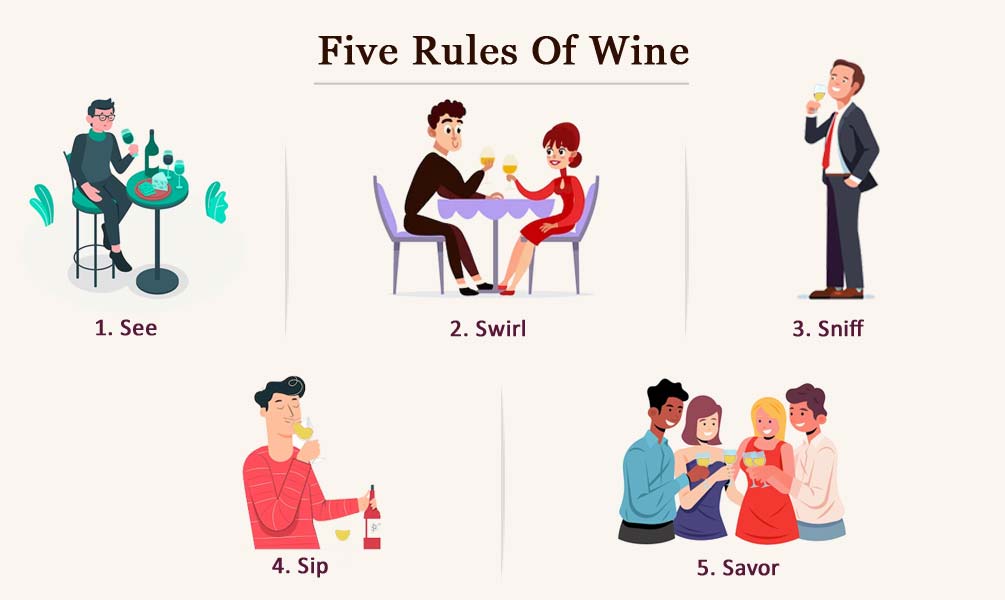
Here are the five rules of wine tasting correctly:
- See: One of the first S is ‘SEE.’ Observe the wine by tilting your glass at an angle so the wine slopes up the side, preferably against a light background. Examine the color of the wine—the hues, clarity and viscosity of the wine can hint at the wine’s age and grape variety. Reds deepen with age, while whites may turn golden.
- Swirl: The next S is the ‘SWIRL.’ Hold the wine glass and gently swirl your wine. By doing this the wine gets oxygenated and a bouquet of aromas is unlocked, giving you a preview of what’s to come.
- Sniff: Now is the time to ‘SNIFF’ the wine. With your mouth slightly open, dip your nose into the glass and inhale. Experience the aroma—the whole flavor story of the wine lies in its aroma. Your sense of smell majorly affects how the wine tastes. Identify the aromas of fresh fruits, spices, oak, or earthy undertones and let your mind wander with each scent.
- Sip: Sip, don’t gulp, is the key rule. Yes! The next S is the ‘SIP,’ time to finally taste the wine. Let the wine gently dance on your palate with small sips. It will reach every corner of your mouth, then try to notice the wine’s acidity, alcohol, sweetness, tannins, flavors, and body. Pay attention to the array of flavor notes that are bursting in your mouth as you hold it, each layer revealing a new aspect of the wine’s character.
- Savor: The last but not the least S is ‘SAVOR.’ Take a moment to notice the wine’s finish; it’s where the real story unfolds. Wines linger on your palate for a little while and create a sensational taste.
A mature and intense Bordeaux reveals layers of flavor long after the sip, while light and refreshing Rosé is meant to be enjoyed in the moment. A long, smooth finish often signals a well-crafted wine. So slow down, savor it, and let the experience sink in.
To learn the proper way of drinking wine, ace the 5 rules of drinking wine and become familiar with the world of wine like a pro.
Pro tip to remember:
Cleanse your palate: Tasting multiple wines? Don’t let the flavors blur together. A quick palate cleanse—think plain crackers, bread, or a glass of water—helps you reset and truly taste what’s next. Great for beginners, casual sippers, or anyone trying to tell a Pinot from a Cab without second-guessing their taste buds.
7) Find the perfect Food Pairing
Wines are best enjoyed with the perfect food pairing. The right wine doesn’t just sit beside your dish; it lifts it. The little details in both the food and the wine bring out flavors of each other, smoothes textures and maintain a perfect balance. After all, it’s all about one bite and one sip at a time. Wine also pairs brilliantly with chocolates, want to know more, read our wine and chocolate pairing blog for more information.
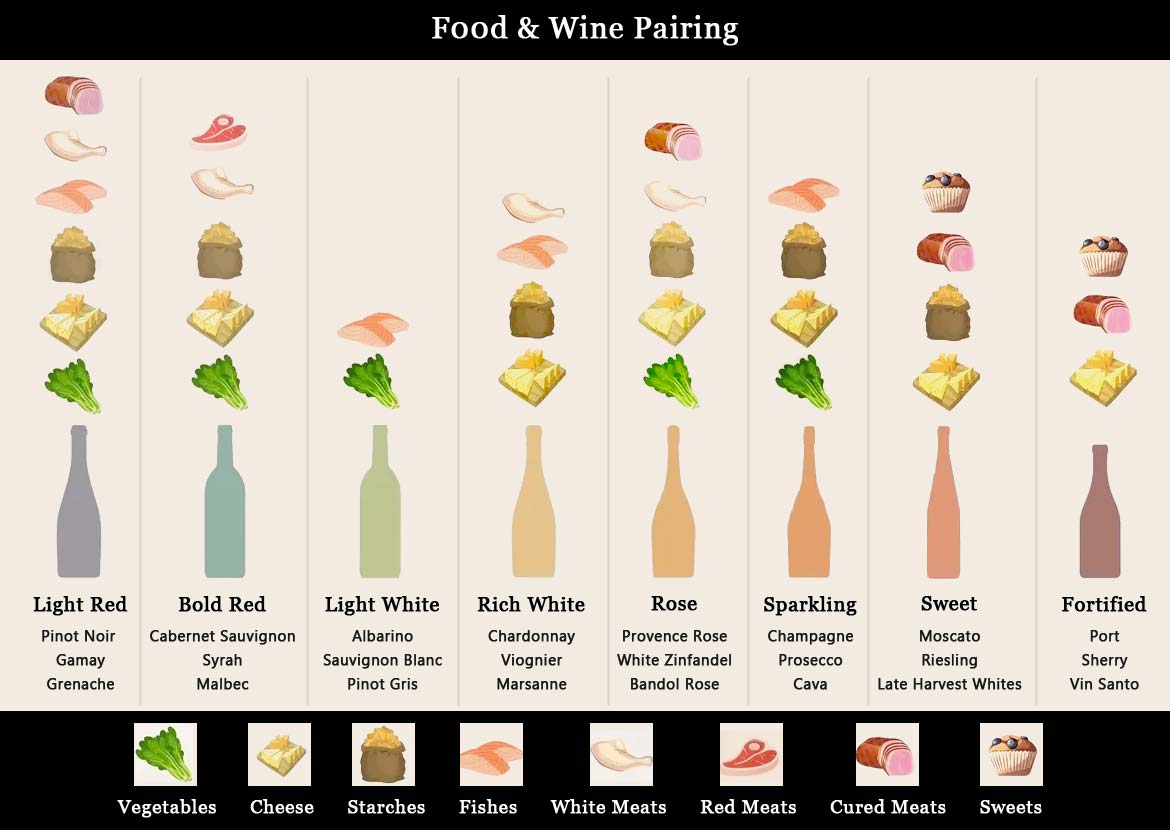
Here is a quick guide on Wine and Food Pairings.
| Wine Type | Great With | Why It Works |
|---|---|---|
| Bold Reds | Steak, lamb, BBQ, aged cheddar | Cuts through richness, complements deep, savory flavors. |
| Light/Medium Reds | Roasted chicken, salmon, mushrooms, brie | Balanced body suits earthy or delicate dishes |
| Dry Whites | Seafood, green veggies, goat cheese, salads | Crisp acidity lifts fresh, herbal, or citrusy flavors. |
| Full-Bodied Whites | Lobster, creamy pasta, roasted poultry | Rich textures pair with buttery, savory meals |
| Rosé | Charcuterie, grilled veggies, light pastas | Refreshing and versatile, bridges red and white styles |
| Sparkling Wines | Fried foods, sushi, oysters, popcorn | Bubbles cleanse the palate and contrast textures |
| Sweet Wines | Spicy Asian dishes, blue cheese, fruity desserts | Sweetness balances spice and enriches bold flavors |
| Fortified Wines | Dark chocolate, nuts, rich desserts, aged cheeses | Intense, sweet, and nutty built for bold pairings |
Want to dive deeper into discovering what works best for your taste? Explore our full guide on ‘Wine And Food Pairing’ and try new combinations, and start curating your own perfect pairings.
8) Store the Open Wine Bottle
Now that you have unveiled the secrets of drink wine correctly, it is also crucial to learn how to store opened bottle of wine. Afterall, you don’t want to get tipsy by finishing a whole bottle all at once just to avoid wasting (it’s tempting but NO).
Once opened, wine starts interacting with air and while a little oxygen opens up the flavors, too much can spoil it. Here’s how you can keep the magic alive of a wine for another day (or two):
- Recork It Right: Put the original cork back in snugly with the stained side down. No cork? Use a wine stopper or even wrap plastic wrap tightly around the neck and seal with a rubber band in a pinch.
- Keep It Cool: Always store the opened bottle in the refrigerator, even the red ones. Cooler temperatures slow down oxidation and help preserve the wine's freshness.
- Stand It Up: Store the bottle upright to minimize surface area exposed to air.
- Remember you cannot store it for longer:
- Sparkling wine: 1–2 days
- White and rosé: 3–5 days
- Red wine: 3–4 days
- Fortified wines: Up to a month
Although you won’t get the same day-one perfection, but with proper storage, your wine will still taste pretty great the next time you pour.
Read our detailed blogs on how to store an open bottle of wine and how to recork wine for deeper knowledge of storing an opened bottle of wine.
Final Notes On Drinking Wine Correctly
Now that you have learned all the pro tips on drinking wine proficiently, you can create an impression by implementing these techniques in your next wine-drinking experience. Even as a beginner, understanding how to have wine can help you approach each sip with more confidence, like a true wine enthusiast. Afterall, you don’t need to be an expert; it’s just a little curiosity and a little mindfulness.








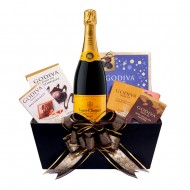

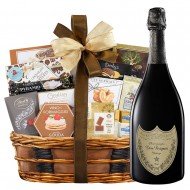
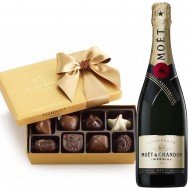
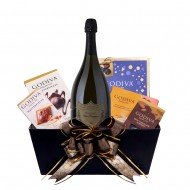






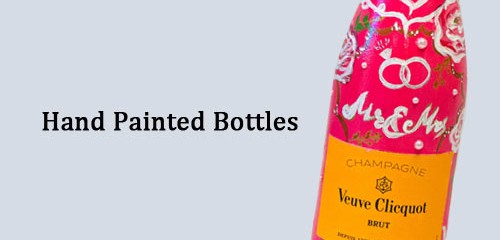
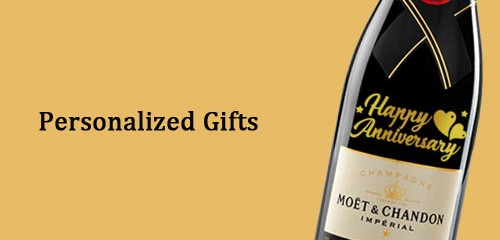
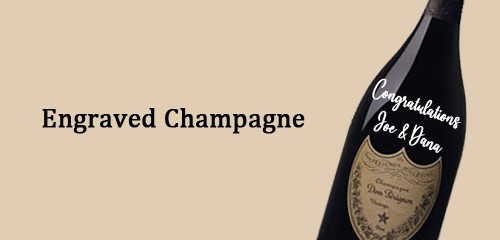

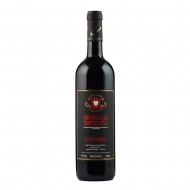
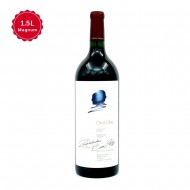
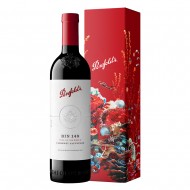
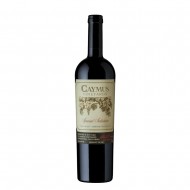
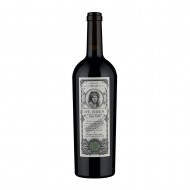
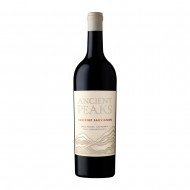
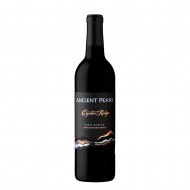
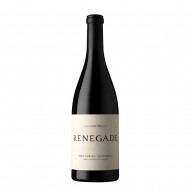
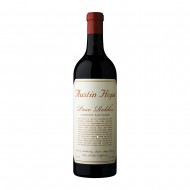
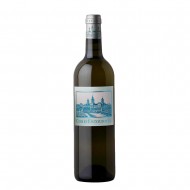
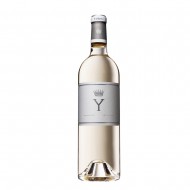
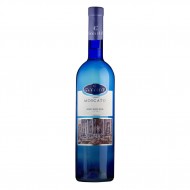
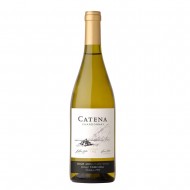
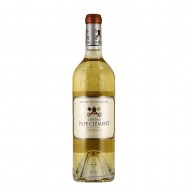
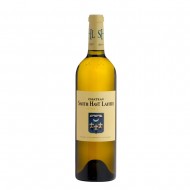
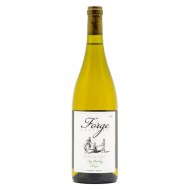
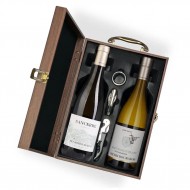
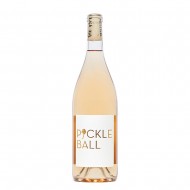
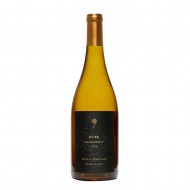
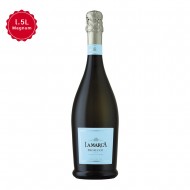
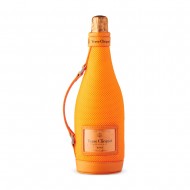
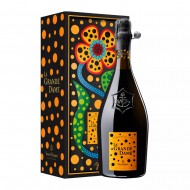
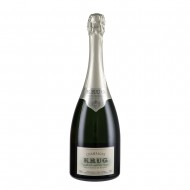

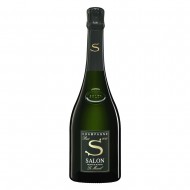
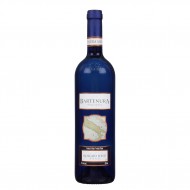
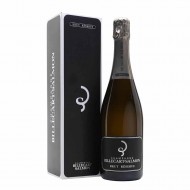
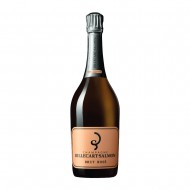
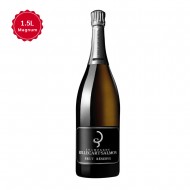
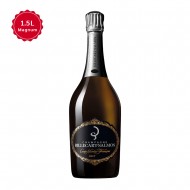
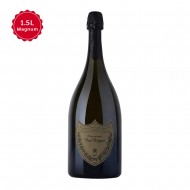

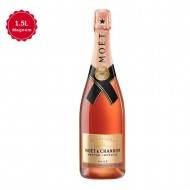
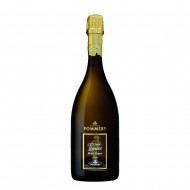
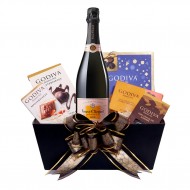
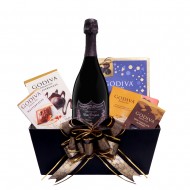
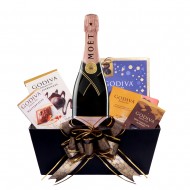
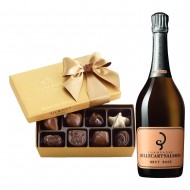
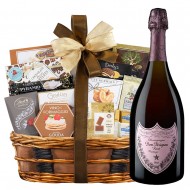
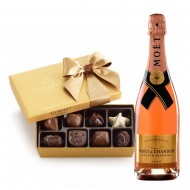
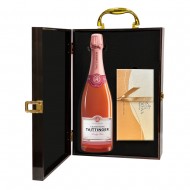
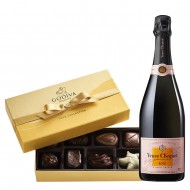

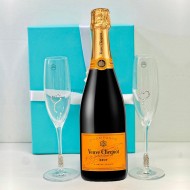
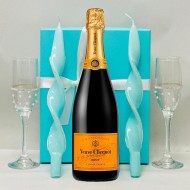
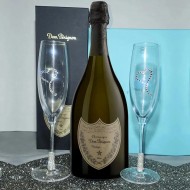
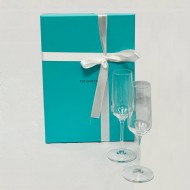
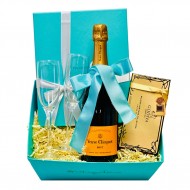
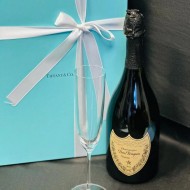
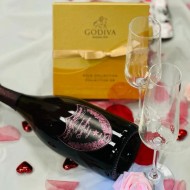
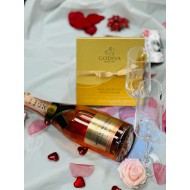
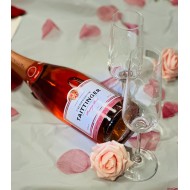
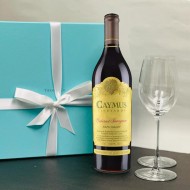
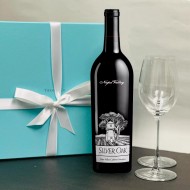
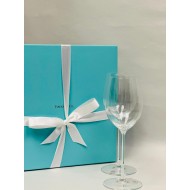
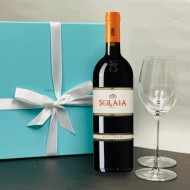
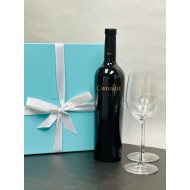
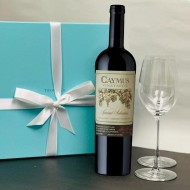

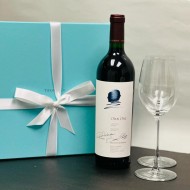
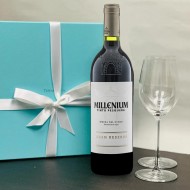
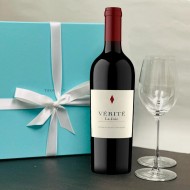

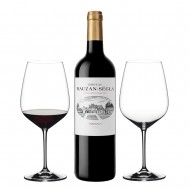
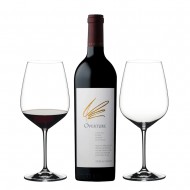
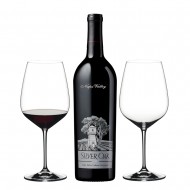







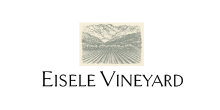
















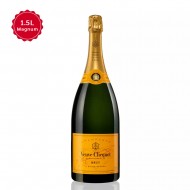
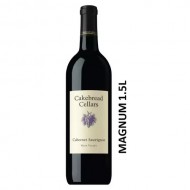
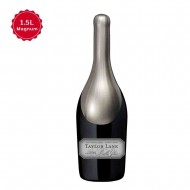
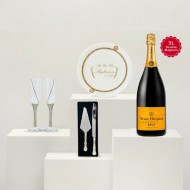
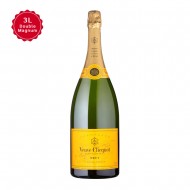
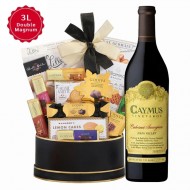
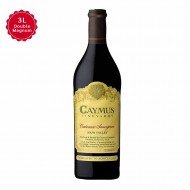
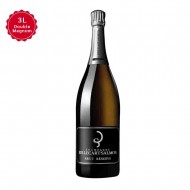
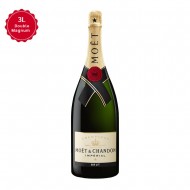

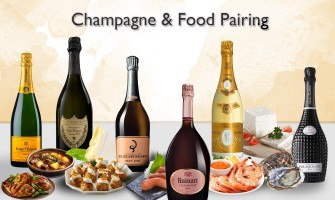

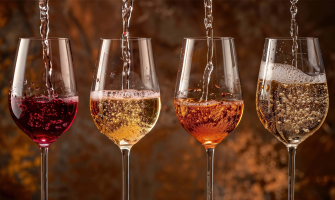
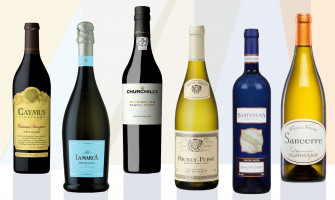


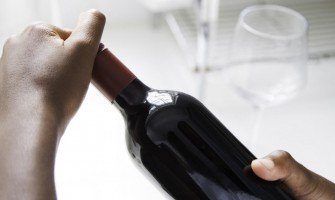
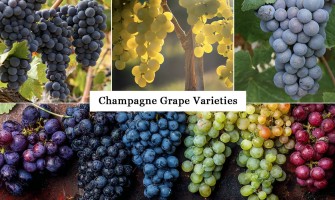
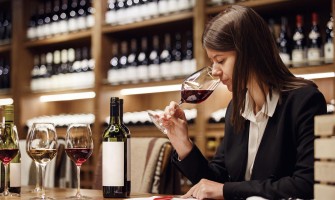
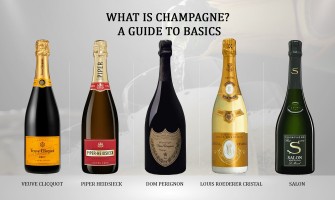


Leave a Comment